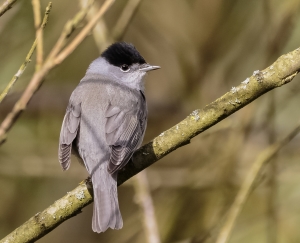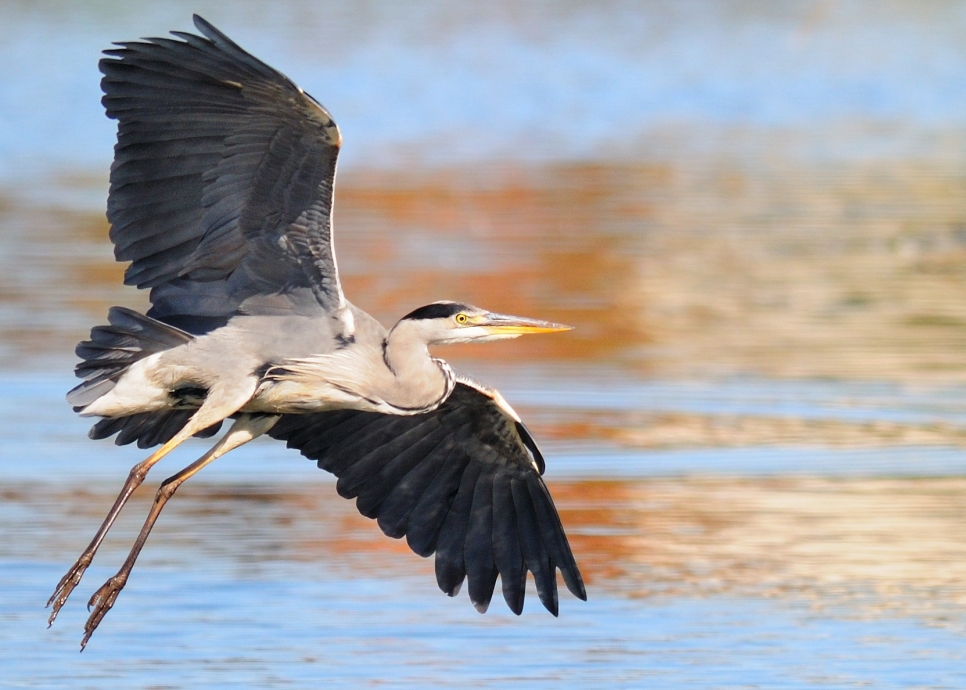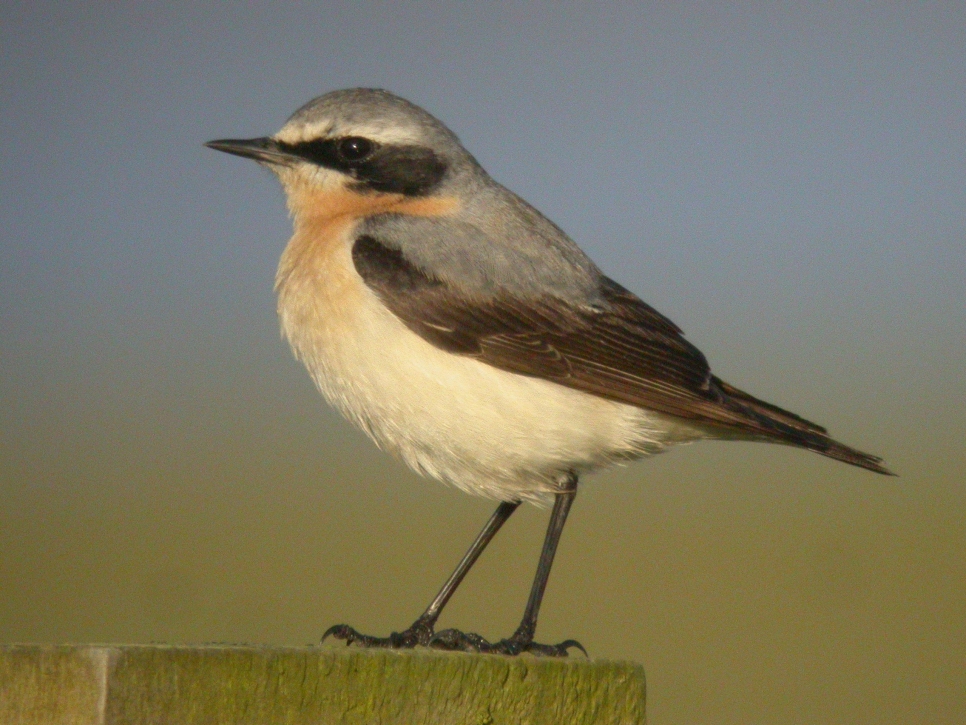Latest Sightings
The passerines have been a highlight this week. We have had 2 reports of a brambling from Kingfisher hide. 5 linnet were also seen feeding on the alders at this hide. A coal tit was seen feeding at the Raines. Three tree sparrows were also seen at the Raines feeders on Monday. The sewage farm continues to be a hive of passerine activity: there’s an abundance of reed buntings there, along with wrens, the occasional chiffchaff and flocks of long tailed tits.
It has been a good week for owls. A short eared owl was flushed from Langley’s field on Monday. The best chance visitors would have of seeing it would be from UU, but as one has also been seen flying over Hale hide a few weeks ago you may see one from Ron Barker with some luck.
A barn owl and a hare were seen on the path to Ron Barker by one of the wardens as they were opening up.
A tawny owl was heard from Kingfisher hide yesterday.
Mediterranean gulls have been sighted flocking with the black headed gulls. We have had pairs or trios most days, but not always the same ones going by their plumage markings and ring numbers. Spring migration is certainly on its way.
2 grey partridges were seen on the Reedbed walk on Monday. Grey partridges are our only native partridges, as red legged partridges were introduced in the 18th century for game hunting. Our native greys have fallen by 85% in the last 25 years. They are though to have declined faster than red legs because grey chicks are more reliant on insects so have suffered badly due to insecticide use in agriculture.
Kingfishers have been seen patrolling the waterways between Ron Barker and Kingfisher hide.
Lowering the Mere’s water levels has been great for waders. Hundreds of oystercatchers can be seen on the bank and in the air doing their jubilant displays. About 30 avocets have been a regular sight, with similar numbers of black tailed godwits. 3 curlew have been flying over and occasionally landing on the mere over the past week too.
Ringed plovers, dunlin and redshank have been using Woodend Marsh.
A woodcock was seen in the grounds yesterday.
A weasel was seen from Ron Barker on Tuesday.
The plant life has been blooming as spring progresses. Look out for the wild daffodils between Janet Kear and UU (smaller and more subtle than the introduced variety along catty bank). We will be removing Spanish bluebells across the reserve in the coming weeks as they outcompete our native bluebells, which are better for pollinator biodiversity. The blackthorn and cherry are blossoming beautifully, along with hawthorn leaves. A coltsfoot was seen at the start of the reedbed walk. The first leaves of poppies can be seen along catty bank and the first leaves of orchids in the Harrier Hide bowl.



